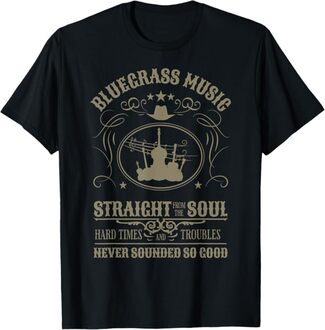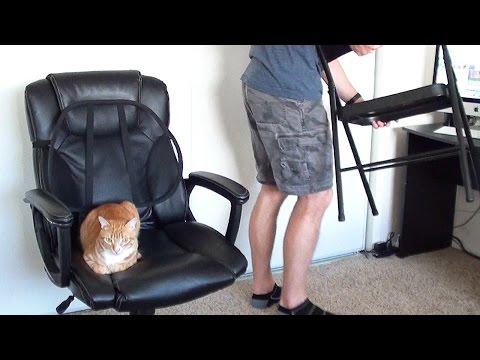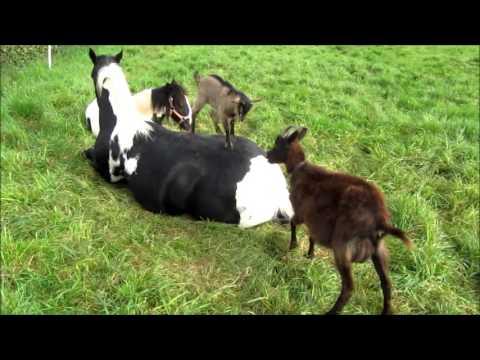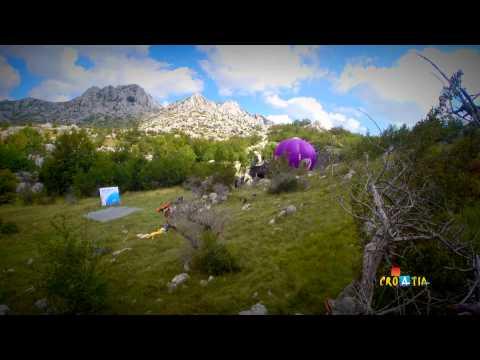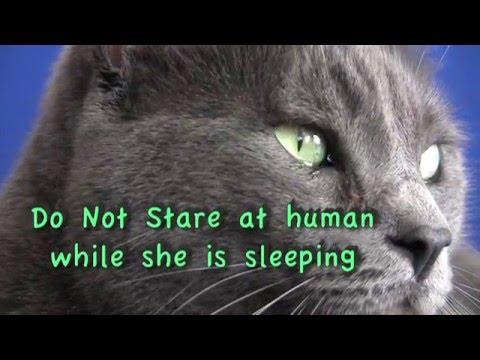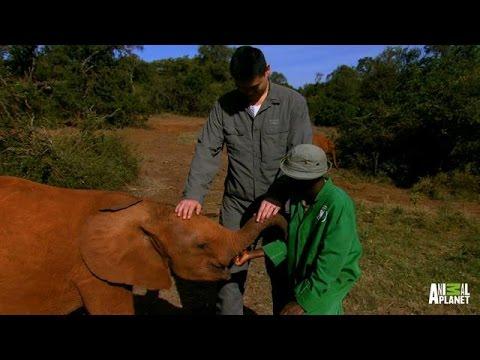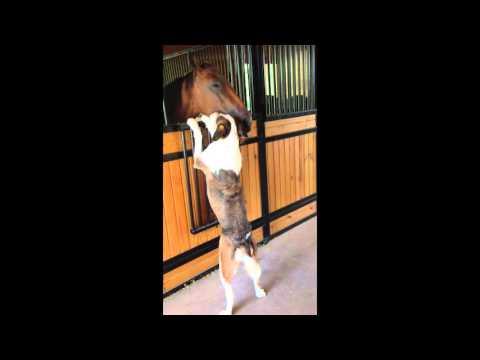Corsica looks like an alpine landscape in the Mediterranean, an island with dramatic rock formations, romantic bays and proud inhabitants who see themselves first and foremost as Corsicans and only then as French. The Greeks in ancient times called the island Kalliste: the beautiful.
We explore this fascinating mountain world in the Mediterranean. The port city of Bonifacio in the very south of the island is enthroned high above the sea on an impressive chalk cliff. The imposing medieval town is a place with history. Here one meets the extremely proud caretaker Daniel Lefèvre. Already early in the morning at seven o'clock he sweeps the legendary stairs of the King of Aragon. Every single one of the 187 steps gets a stroke.
The bays between Bonifacio and Porto-Vecchio are a nature reserve, a refuge for rare species of fish, sensitive seaweeds and nacres, giant clams that can grow up to one meter in size! But they are threatened with extinction. The main reason is a mysterious bacterium that has been introduced from Spain. The Corsican researchers are alarmed.
The Cap Corse in the very north of the island is known for its breakneck coastal road with its many bends. Many of the picturesque villages up there are half deserted by their youth. In Canari, however, something is stirring: against the trend, young families are settling here and reviving traditional trades such as beekeeping, carpentry, agriculture, all with sea views.
Around Corsica there are about 250 dolphins, but their existence is in danger. Therefore, the voluntary organisation CARI monitors the bays of the island. On the basis of photos of the dorsal fins, the "fingerprint" of the dolphins, the population is catalogued. The biologist Cathy Cesarini curves criss-cross the island to rescue injured animals. In order to be able to reach any point on the coast as quickly as possible, she lives in Corte, pretty much in the centre of the island.
The roe of the mullet, la Boutargue, is considered the caviar of the Mediterranean. In Corsica, the fishermen have developed their very own method of catching the fish: In the Étang de Palo, they set up their nets so skilfully that the mullets automatically swim into the trap on their migration towards the sea. Julien Cugorno, 70 years old, is a master in this discipline and a master at catching boutargues.
The Corsicans are said to be quite headstrong and stubborn. This is certainly true for the cows in Corsica. Many wild specimens live on the island and love to roam the white dream beaches. The beach Mare et Sole in the Gulf of Ajaccio has attracted a herd of about 30 cattle. The animals have been coming here for years for relaxed sunbathing in the middle of the season. The mayor of Pietrosella is not at all relaxed any more, he would prefer not to say a word about the "animal beachcombers"
- Category
- Variety
- Tags
- Nature, Documentary, HD, Animals, People, Places, Adventures, Countries, Wildlife, Technology, Travel, Portraits, Biography, Science, Mediterranean, island, Napoleon, Bonifacio, France, Kalliste, dolphins, Porto-Vecchio, Gulf of Ajaccio, la Boutargue, caviar, fish, fishermen

